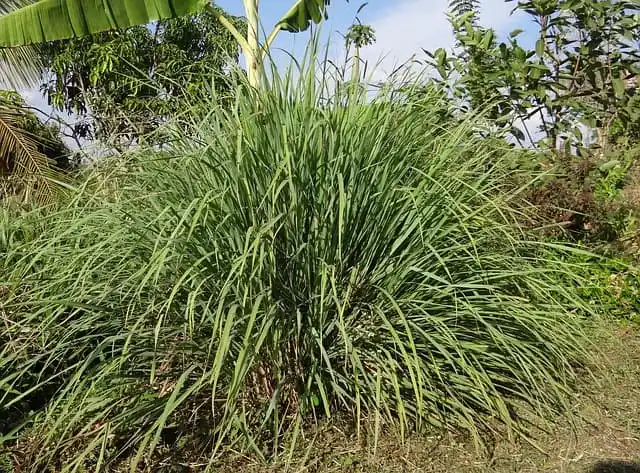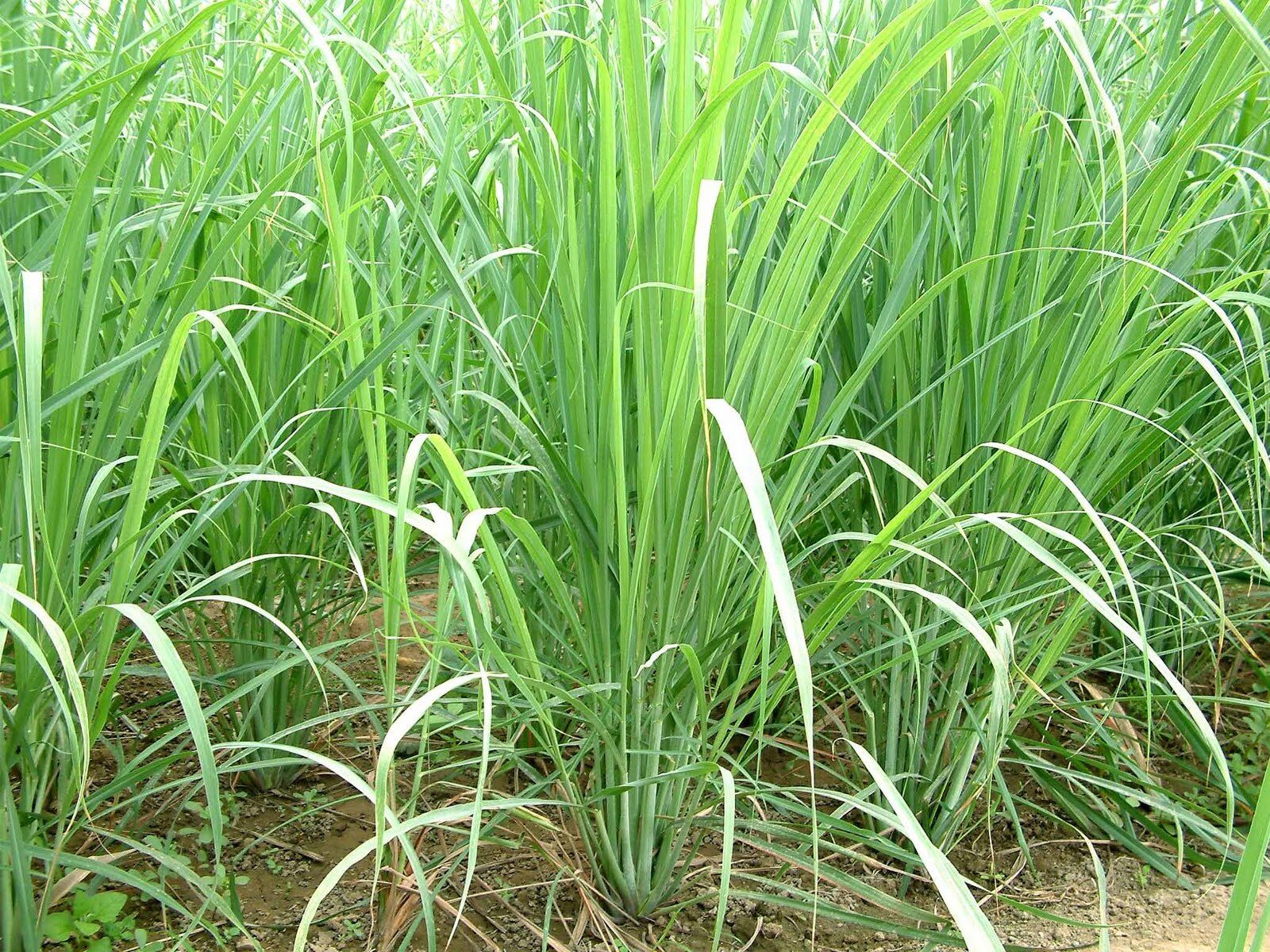Introduction to Citronella Grass and Lemongrass
Citronella grass (Cymbopogon nardus) and lemongrass (Cymbopogon citratus) are both members of the grass family (Poaceae) and are valued for their citrusy scent and culinary applications. Despite their similarities in aroma, they differ significantly in their uses and growth habits.
Botanical Characteristics
Citronella Grass
- Scientific Name: Cymbopogon nardus
- Height: Can grow up to 6 feet tall
- Aroma: Citrusy, with a strong lemon scent
- Uses: Primarily cultivated for its essential oils, which are used in insect repellents and aromatherapy products
Lemongrass
- Scientific Name: Cymbopogon citratus
- Height: Typically reaches 3 to 5 feet tall
- Aroma: Fresh lemon fragrance
- Uses: Commonly used in culinary dishes, herbal teas, and traditional medicine for its flavor and medicinal properties
Culinary Uses and Flavor Profile
Citronella Grass
- Culinary Uses: Not typically used in cooking due to its bitter taste
- Flavor Profile: Bitter and unpleasant when ingested directly
Lemongrass
- Culinary Uses: Widely used in Asian cuisine, particularly in soups, curries, and stir-fries
- Flavor Profile: Offers a bright, lemony flavor with hints of ginger
Medicinal and Aromatic Properties
Citronella Grass
- Medicinal Uses: Used primarily for its essential oil, which has insect-repellent properties and is also used in aromatherapy for its uplifting scent
- Aromatic Properties: Releases a strong lemon scent when crushed or bruised
Lemongrass
- Medicinal Uses: Contains citral, a compound known for its anti-inflammatory and antimicrobial properties; used in traditional medicine to treat digestive issues and fever
- Aromatic Properties: Known for its refreshing and calming aroma, often used in herbal teas and essential oils
Cultivation and Growing Conditions
Citronella Grass
- Climate: Thrives in tropical and subtropical climates; requires well-drained soil and full sun
- Propagation: Grown from seeds or divisions; requires regular watering and frost protection in cooler climates
Lemongrass
- Climate: Prefers warm climates with plenty of sunlight; tolerates a range of soil types but prefers well-drained, fertile soil
- Propagation: Grown from divisions of mature plants; drought-tolerant once established
Environmental Impact and Sustainability
Both citronella grass and lemongrass are generally considered environmentally friendly due to their low water and pesticide requirements. However, sustainable cultivation practices should be encouraged to minimize environmental impact.
Conclusion
In conclusion, while citronella grass and lemongrass share similarities in aroma, their uses and cultivation requirements vary significantly. Citronella grass is prized for its insect-repelling properties and aromatic oils, whereas lemongrass is celebrated for its culinary versatility and medicinal benefits. Understanding these distinctions helps in selecting the appropriate plant for culinary, medicinal, or aromatic purposes.
What is the difference between citronella grass and lemongrass?
Citronella grass (Cymbopogon nardus) and lemongrass (Cymbopogon citratus) differ in their uses and characteristics. Citronella grass is primarily cultivated for its essential oils used in insect repellents, while lemongrass is favored for its culinary uses and medicinal properties.
Can citronella grass be used in cooking like lemongrass?
No, citronella grass is not commonly used in cooking due to its bitter taste. In contrast, lemongrass is widely used in Asian cuisine for its citrusy flavor and aroma.
Is citronella grass effective as an insect repellent?
Yes, citronella grass produces essential oils that are known for their insect-repelling properties. These oils are commonly used in candles, sprays, and lotions to deter mosquitoes and other insects.
How do you identify citronella grass and lemongrass plants?
Citronella grass is taller and has broader leaves compared to lemongrass, which has narrower, blade-like leaves. Both plants emit a lemony fragrance when their leaves are crushed.
What are the medicinal uses of lemongrass?
Lemongrass contains citral, a compound with antimicrobial and anti-inflammatory properties. It is used in traditional medicine to aid digestion, reduce fever, and promote relaxation.
Can citronella grass and lemongrass be grown at home?
Yes, both citronella grass and lemongrass can be grown in gardens or containers in warm climates. They require well-drained soil, full sun, and regular watering.
Are citronella grass and lemongrass environmentally friendly?
Both plants are generally considered sustainable options due to their low water and pesticide requirements. However, proper management practices should be followed to prevent potential invasiveness.
How do you propagate citronella grass and lemongrass?
Citronella grass can be propagated from seeds or divisions of mature plants. Lemongrass is typically propagated through divisions of clumps or by rooting stem cuttings.
Can citronella grass and lemongrass survive winter?
Citronella grass is sensitive to frost and requires protection in colder climates. Lemongrass is more tolerant of cooler temperatures but may benefit from mulching or protection during frost.
What are the culinary uses of lemongrass?
Lemongrass is used in Asian cuisines, particularly Thai and Vietnamese dishes, to add a citrusy flavor and aroma to soups, curries, stir-fries, and teas.
- Virginia’s Growing THC Seltzer Craze - June 5, 2025
- Find THC Sodas in Ohio - June 5, 2025
- THC Infused Seltzers to Try in New Jersey - May 19, 2025





